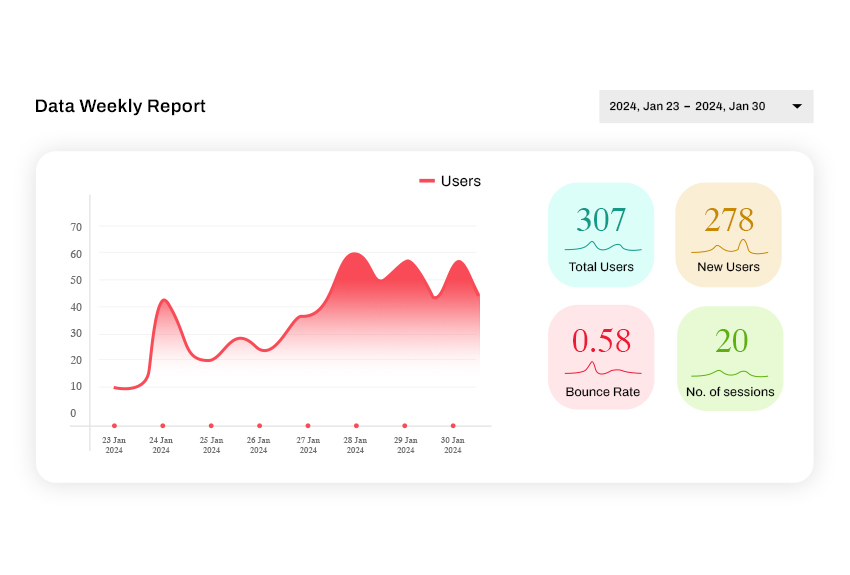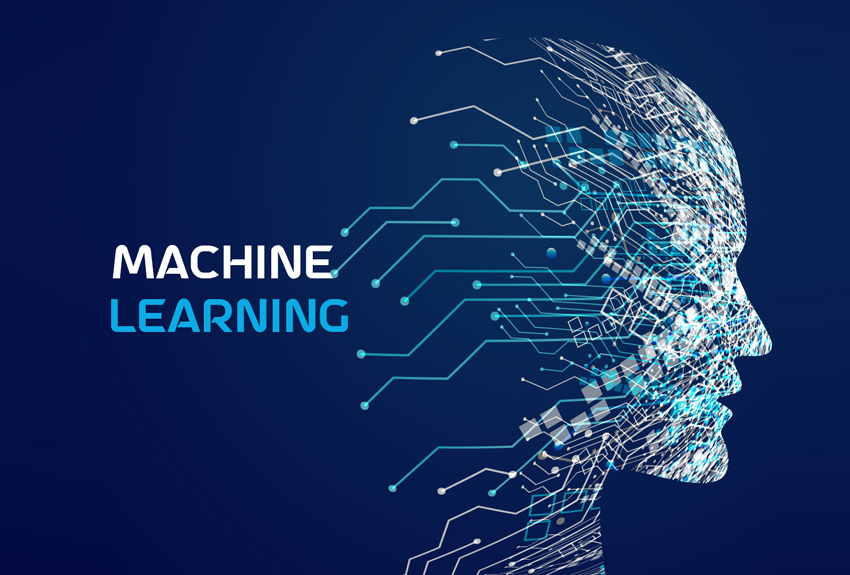Machine learning (ML) is revolutionizing customer service. There is a massive shift from conventional customer support methods to ML-powered experiences. Leveraging the capabilities of machine learning, companies integrate solutions that shorten response time and automate the customer service journey.
Given the recent acceleration in digital transformation, AI-powered customer service experience has become more popular than ever. According to Oracle, 8 out of 10 organizations have already implemented or are planning to adopt AI as a customer service solution as of 2020.
However, many business leaders are still not conversant with how machine learning is being used to enhance customer experience.
How is Machine Learning Changing Customer Service?
Here are the ways machine learning is used to improve customer support:
- Tagging Incoming Conversations:-
This is a way to automate customer support for a quicker response. Conversations can be routed to the right person or department to enhance the quality of support and shorten response time. Being able to tag tickets based on their content makes resolution easy and fast. The goal is to route inquiries to agents or teams that specialize in solving a specific type of problem.
Machines use natural language processing (NLP) to identify the right tag for every incoming message. ML algorithms can understand human conversations. By exploring patterns and historical conversions, algorithms can identify patterns and tag conversations accurately. A good example is Uber’s COTA (Customer Obsession Ticket Assistant). The tool categorizes conversations using machine learning. When a customer submits a message, COTA uses ML to identify what it is about and passes (with three potential solutions) it to the right agent or team for appropriate response. Agents review the recommendations and send the most appropriate response. COTA helps Uber to improve customer satisfaction by enhancing agent performance and shortening response time. - Chatbots:-
Chatbots use AI to simulate interactions with customer support agents and to get inquiries resolved automatically. It’s a self-service solution. Bots use machine learning to interpret and process words or written messages to send appropriate responses to customers from a database of pre-set answers. The program knows when to request information from customers and when to pass the interaction to a human representative. Users interact with a chat by typing in inquiries or using a voice note, just like they would communicate with a human agent. - Virtual Assistants:-
Virtual assistants are different from chatbots; unlike chatbots, they do not simulate conversations with human customer representatives. Virtual assistants provide guidance in the customer service journey by focusing on specific areas they can offer help to customers. With machine learning capabilities, algorithms can learn and improve on the kind of help they offer. Bank of America built an assistant, Erica, that offers advice to customers. Erica uses machine learning to analyze trends and to give recommendations to customers. For instance, the assistant can provide insights on how customers can reduce debt. With Erica, every customer gets a personalized service – which is difficult and inefficient with human agents due to their large customer base. - Customer Insights:-
Customer insights are necessary for improving the customer experience. Agents find it difficult to analyze data and identify trends, especially when it is a large customer support team. This is where machine learning comes in. Algorithms can analyze customer conversation data to reveal trends. Air Canada, an airline, used machine learning to extract important customer insights. Thousands of online booking customer conversations and user sessions were analyzed. Air Canada was able to identify common problems that their customers faced. The insights enabled the company to adopt a remediation process to fix the problems and improve customer experience. - Knowledge Base Improvement:-
A study shows that up to 40% of customers claim that searches within knowledge bases don’t turn up help articles they are searching for. Machine learning solves this problem by providing actionable insights agents can use to update the knowledge base. Machine learning is used to glean insights from support tickets. These Insights are used to adjust help articles and improve the search functionality to turn up relevant results. The goal is to provide a better customer experience by making the help content more relevant and easy to find. Making self-service possible and efficient is one of the ground-breaking applications of machine learning in customer service. Customers can get the support they want and solve problems without the intervention of human agents. According to a survey, 81% of customers would prefer the self-service option to speaking to a customer care representative. Consequently, organizations leverage machine learning to provide self-service options like chat-bots, virtual agents, knowledge bases, and other AI-powered solutions.
Conclusion
Machine learning is continually changing the customer service landscape. Apart from improving customer experience, organizations can cut down the cost of customer support. Customer service is expected to get more efficient as researchers continue to unlock new capabilities of artificial intelligence and technology in general.





